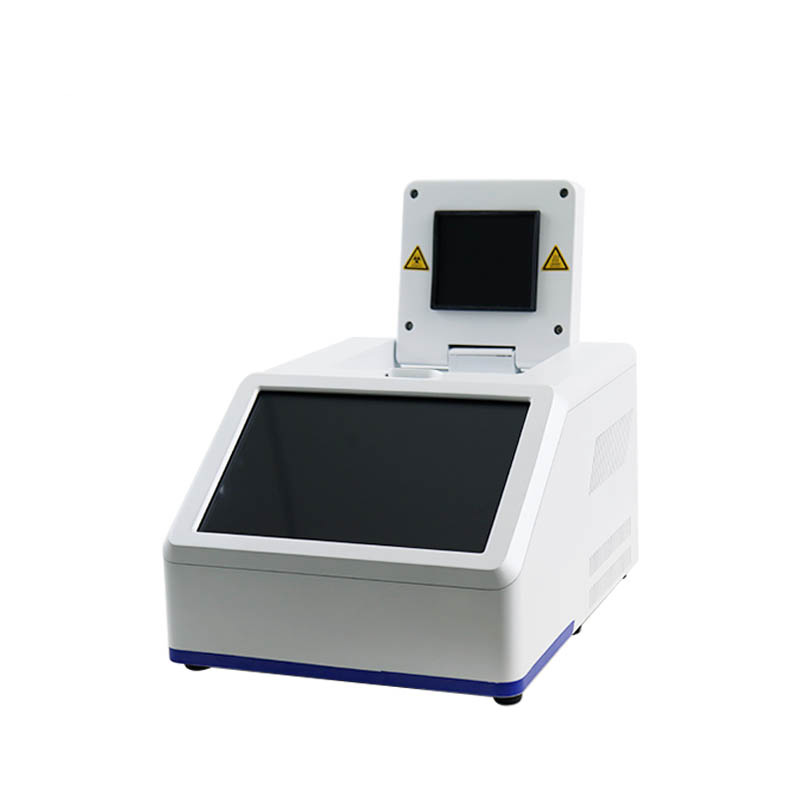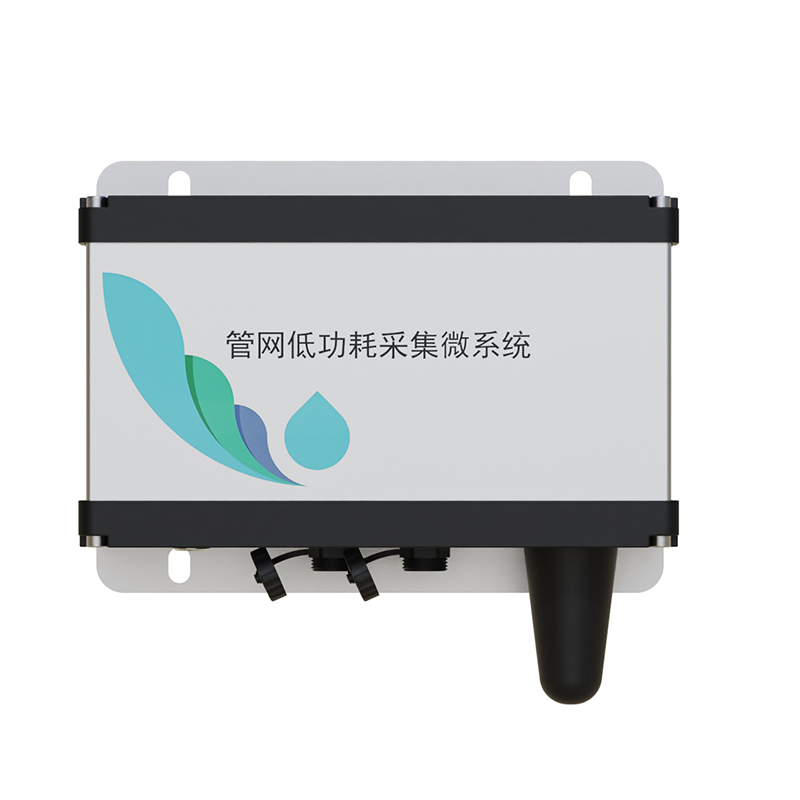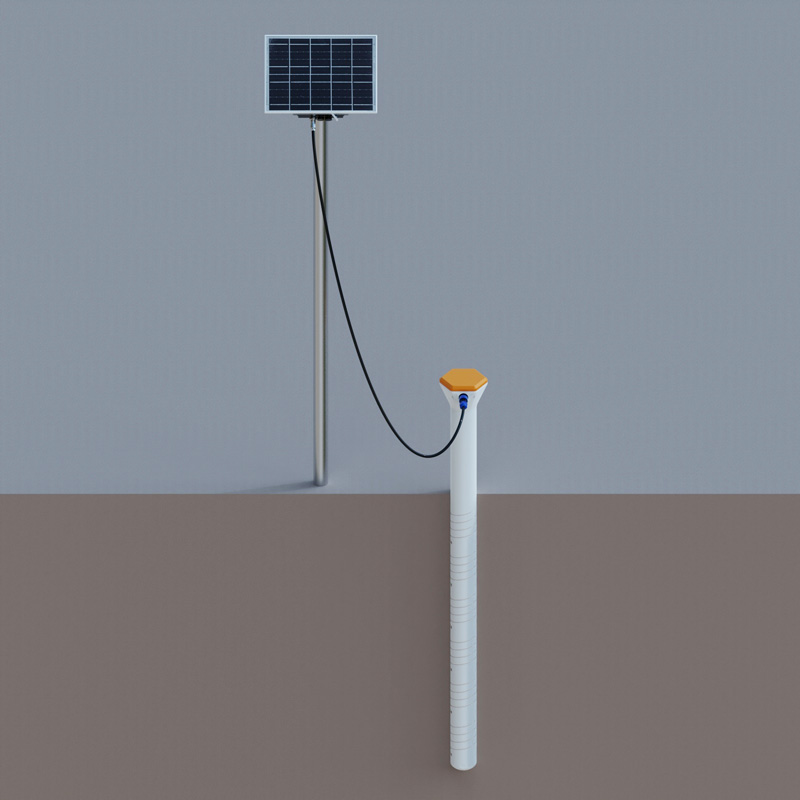Agriculture is the industry most severely affected by the weather. Global climate change and the frequent occurrence of extreme weather events pose serious challenges to agricultural production. Climate change has led to rising temperatures, changes in precipitation patterns, frequent droughts and floods, and an increase in pests and diseases, all of which have had a significant impact on the planting, growth, and yield of crops.
In the face of agricultural meteorological disasters, various countries and international organizations have made many efforts. For example, Finland has built approximately 200 weather stations that send precipitation measurement data to the climate database every day. Daily precipitation values are converted into 3-hour values by observed 3-hour meteorological data values and with the help of weather observations made by the nearest available weather stations. Observation data of air temperature, air humidity, and wind speed are available from about 160 weather stations.
The WMO, through its Permanent Committee for Agricultural Meteorological Services, helps member states provide agricultural meteorological services to help develop sustainable and economically viable agricultural systems. The WMO's standard-setting in the field of agricultural meteorology focuses on reviewing and updating various aspects of user needs and agricultural meteorological service practices, including the agricultural value chain (farm - transportation - milling - export/trade) and various agricultural sub-sectors (crop, livestock, forestry, pasture, and fishery sectors).
In China, according to the People's Daily, the strategy of storing grain in the land and relying on technology has been deeply implemented. By the end of 2022, 1 billion mu of high-standard farmland had been built across the country, stably guaranteeing a grain production capacity of more than 1 trillion jin to ensure national food security. In 2023, the construction of high-standard farmland will continue to be strengthened, with 45 million mu to be newly built and 35 million mu to be upgraded.
High-standard farmland has flat land, is concentrated and contiguous, has complete facilities, supporting power facilities for agriculture, fertile soil, good ecology, and strong disaster resistance. It is permanent basic farmland suitable for drought and flood resistance, high and stable yield, and is compatible with modern agricultural production and operation methods.
It uses the power of technology to assist agricultural production. Through the deep integration of technologies such as the Internet of Things, big data, cloud computing, and artificial intelligence, and the comprehensive use of modern equipment such as intelligent irrigation systems, meteorological soil moisture monitoring systems, and pest forecast systems, agricultural production efficiency is improved.
FT-NQ14 is a high-quality Agricultural meteorological station provided by FengTu. It is composed of five core parts: meteorological sensors, data collectors, solar power supply systems, pole brackets, and cloud platforms. It is designed to pursue low power consumption, easy installation, and no debugging to adapt to various field environments. It can monitor key meteorological parameters such as temperature, humidity, light, wind speed, and rainfall in real time, and display and analyze data through the cloud platform. Its intelligent alarm function can notify users in time when extreme weather comes, and its flexible networking methods and strong expansion capabilities enable it to meet the monitoring needs of different farmlands and provide scientific data support for agricultural production.

This paper addresses:https://fengtusz.com/industry/497.html









